I understand that the time constant in AC RC circuits is defined the value of resistance (in ohms) x the value of capacitance (in farads). Indeed, ohms(R) x farads(C) yields time (seconds).
$$\tau = RC $$
I also understand that when discussing continuous change (growth/decay) it is no surpise that e figures in. What I do not understand is why \$C * R\$ just happens to equal the time constant, \$tau\$, the point at which the voltage in a capacitor \$\approx63\%\$ of its final charged state C. In other words, why it it true that after one time constant, \$\tau\$, voltage in the capacitor (in an RC circuit) equals 63.2% of its starting voltage. Or, why does this hold:
$$0.63 \approx (1 - \frac{1}{e^1})$$ and $$V_\tau = V_0(1 - \frac{1}{e^1})$$
This is related to another question that asks why the RC time constant = 63.2% and not some other value: Why is the time constant 63.2% and not 50% or 70%?
This post included insightful answers describing that 63.2 is related to e (specifically \$\frac{1}{e}\$),and how e relates to continuous change, but not why capacitance x resistance yield this value.
It is not as if Georg Ohm or Michael Farady had e, or the time constant, in mind when developing these ideas (or units), correct? Am I missing something obvious?

